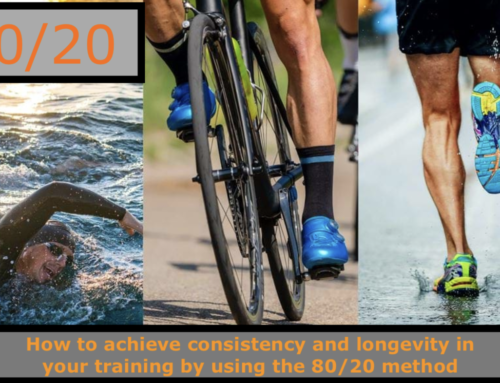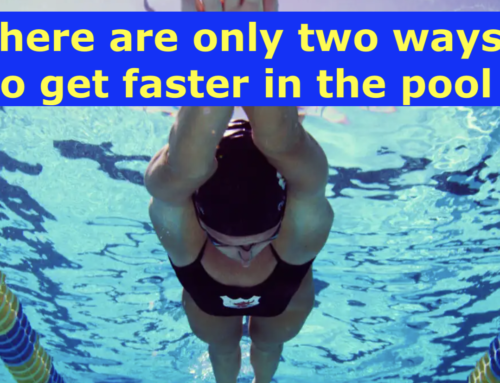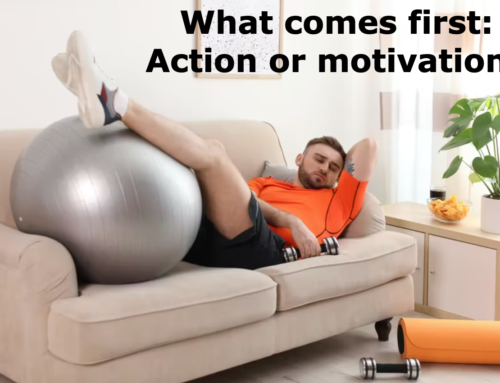On April 12th (hopefully) we will all be able to get back into the pool and resume our ‘full’ triathlon training programmes. The time will go quickly, and there’s plenty that you can do to make this return to swimming as smooth as possible. There are four factors that impact swim performance:
- Aerobic fitness
- Feel for the water
- Streamlining
- Mastery of basic technique
Aerobic fitness
Hopefully, you’ve used your time wisely in the last few months and been consistently cycling and running. You will have good aerobic fitness. The only issue that this might cause is that while you’ll be fit enough to swim your normal duration, your shoulder and arm muscles will fatigue much more quickly. Consequently, your technique will deteriorate and you will just end up swimming poorly.
Feel for the water
This is the one that is impossible to work at on dry land, and for the majority will not be possible until April 12. It’s beyond our control so let’s put it to one side for the next few weeks.
Streamlining
Moving effortlessly through the water is all about reducing drag. Even if you have average technique, with good streamlining you could move much faster. Obtaining a streamlined position requires good mobility around the shoulders, upper back, hips and ankles. Most triathletes do not do enough mobility work. I recommend 15-20 minutes every day. This might sound onerous but you can easily split this up into small chunks. You can also make a big impact just by moving more and definitely by sitting less.
Mastery of basic technique
The basic hand and arm positions for front crawl are easy to replicate on dry land (more so if you have good mobility!!). However, when you encounter resistance, such as water, if the stabilising muscles around the shoulder are weak, the arm/hand will take the path of least resistance. A swim-specific strength programme will help to build some strength and integrity around the shoulder complex rotator cuff muscles and the shoulder blade. Add to this some regular work with stretch cords to mimic the front crawl stroke and you have the basis for some good basic conditioning.
When the day finally comes and you can start swimming please show some self-compassion. Normally in March, you’d be thinking of ramping up your intensity with race preparation sets for the upcoming races. Some of you still have those races BUT you do not have the fitness. It’s imperative that you take a sensible approach, otherwise you may find yourself with an injury that limits your swimming. In the coming weeks, I will be preparing a return to swimming plan to help your race preparations.
The right mindset to return to swimming
Before then please put yourself into the right mindset.
- Accept that you will have lost significant swim fitness
- Be prepared to start with low volume and intensity
- Be consistent – You may want to consider sacrificing a bike and or run session each week and increasing your normal swim frequency, just in the short term
- Don’t be too hard on yourself – Of course, you’ll be slower than you were this time last year, but comparisons won’t change that. Be in the moment and focus on mastering the process. In fact, it might be a good idea not to time anything for at least 4 weeks.
- Finally, remember that consistency is key. Progress may take time as you return to swimming, but it will come. To read more about consistency, please check out this article: https://www.simonward.co.uk/2020/09/26/consistency-is-the-best-way-to-improve-your-long-term-fitness/
To find out more about Simon’s coaching services, please click here. To purchase Simon’s e-book, How to be a High Performance Human, please click here.







Leave A Comment